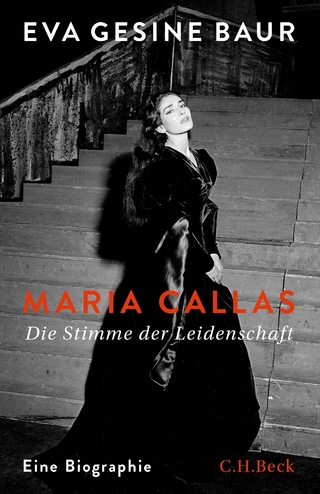
Classical and Romantic Performing Practice 1750-1900
Seiten
1999
Clarendon Press (Verlag)
978-0-19-816165-3 (ISBN)
Clarendon Press (Verlag)
978-0-19-816165-3 (ISBN)
This is a useful title for all performers and students of Classical and Romantic music. Problems of performing practice did not disappear with the death of Handel. This book examines the changing relationship, during the period 1750-1900, between what composers committed to paper and what performers were expected to play.
The past ten years have seen a rapidly growing interest in performing and recording Classical and Romantic music with period instruments; yet the relationship of composers' notation to performing practices during that period has received only sporadic attention from scholars, and many aspects of composers' intentions have remained uncertain. Clive Brown here identifies areas in which musical notation conveyed rather different messages to the musicians for whom it was written than it does to modern performers, and seeks to look beyond the notation to understand how composers might have expected to hear their music realized in performance. There is ample evidence to demonstrate that, in many respects, the sound worlds in which Mozart, Beethoven, Wagner, and Brahms created their music was more radically different from ours than is generally assumed.
This is an essential book for all performers and students of Classical and Romantic music.
The past ten years have seen a rapidly growing interest in performing and recording Classical and Romantic music with period instruments; yet the relationship of composers' notation to performing practices during that period has received only sporadic attention from scholars, and many aspects of composers' intentions have remained uncertain. Clive Brown here identifies areas in which musical notation conveyed rather different messages to the musicians for whom it was written than it does to modern performers, and seeks to look beyond the notation to understand how composers might have expected to hear their music realized in performance. There is ample evidence to demonstrate that, in many respects, the sound worlds in which Mozart, Beethoven, Wagner, and Brahms created their music was more radically different from ours than is generally assumed.
This is an essential book for all performers and students of Classical and Romantic music.
Clive Brown is Professor of Applied Musicology at the University of Leeds; and Consultant, London Classical Players
Foreword ; Introduction ; 1. Accentuation in Theory ; 2. Accentuation in Practice ; 3. The Notation of Accents and Dynamics ; 4. Articulation ; 5. Articulation and Expression ; 6. The Notation of Articulation and Phrasing ; 7. String Bowing ; 8. Tempo ; 9. Alla Breve ; 10. Tempo Terms ; 11. Tempo Modification ; 12. Embellishment, Ornamentation, and Improvisation ; 13. Appoggiaturas, Trills, Turns, and Related Ornaments ; 14. Vibrato ; 15. Portamento ; 16. The fermata; Recitative; Arpeggiation; The Variable Dot and Other Aspects of Rhythmic Flexibility; Heavy and Light Performance ; Index
| Erscheint lt. Verlag | 25.11.1999 |
|---|---|
| Vorwort | Sir Roger Norrington |
| Zusatzinfo | 5 figures, numerous music examples |
| Verlagsort | Oxford |
| Sprache | englisch |
| Maße | 162 x 241 mm |
| Gewicht | 1097 g |
| Themenwelt | Kunst / Musik / Theater ► Musik ► Klassik / Oper / Musical |
| Kunst / Musik / Theater ► Musik ► Musiktheorie / Musiklehre | |
| ISBN-10 | 0-19-816165-4 / 0198161654 |
| ISBN-13 | 978-0-19-816165-3 / 9780198161653 |
| Zustand | Neuware |
| Haben Sie eine Frage zum Produkt? |
Mehr entdecken
aus dem Bereich
aus dem Bereich


